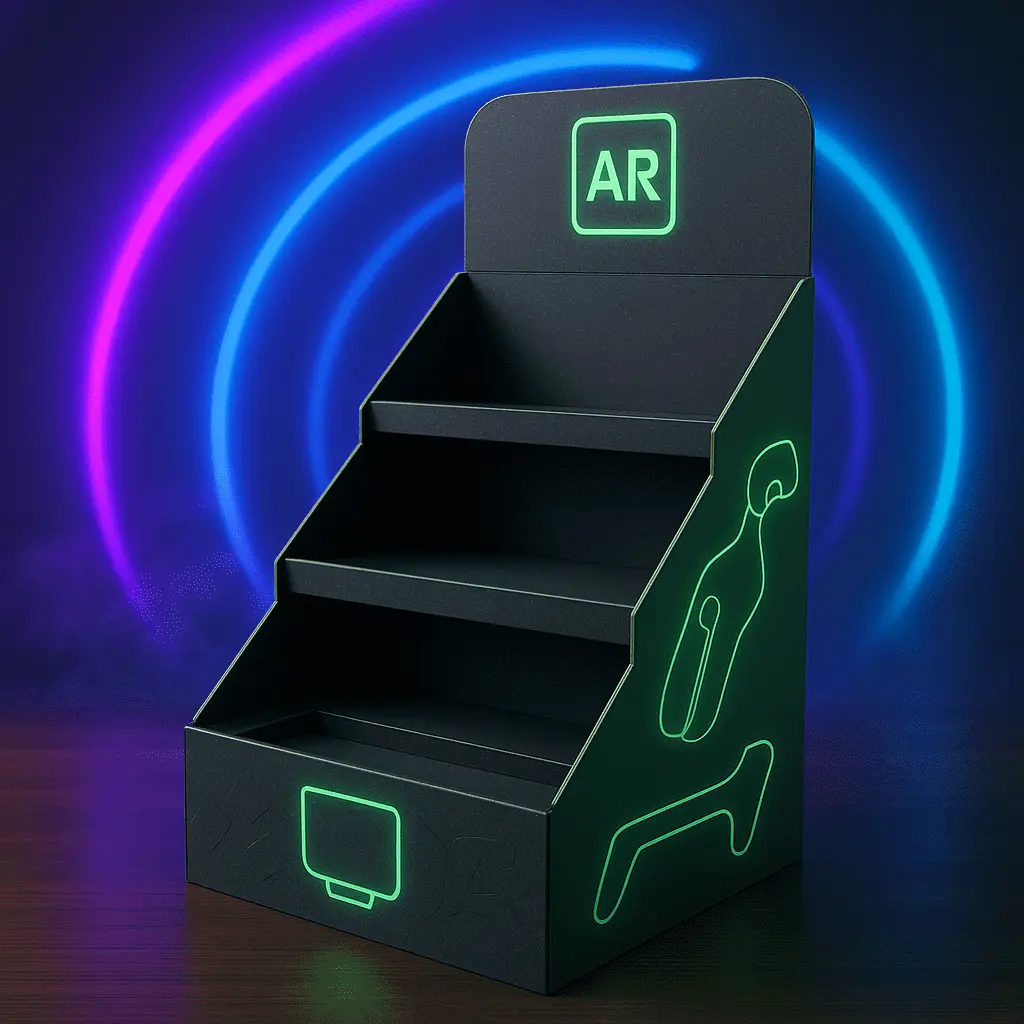The Power of Visual Merchandising in Retail Environments
Creating Memorable Brand Experiences
Visual merchandising serves as a powerful tool in retail environments, transforming ordinary spaces into captivating brand experiences. By carefully curating product displays, retailers can craft immersive environments that resonate with their target audience. PDQ displays play a crucial role in this process, offering a versatile platform to showcase products in an organized and visually appealing manner.
These displays act as silent brand ambassadors, conveying key messages and values through carefully chosen colors, graphics, and product arrangements. By aligning the design elements of PDQ displays with the overall brand identity, retailers can create a cohesive and memorable shopping experience that reinforces brand recognition and loyalty.
Enhancing Product Visibility and Accessibility
One of the primary advantages of PDQ displays is their ability to enhance product visibility and accessibility. Unlike traditional shelving units, these displays are designed to prominently showcase products, making them easily noticeable to passing customers. The strategic placement of PDQ displays in high-traffic areas further amplifies their impact, ensuring maximum exposure for featured items.
Moreover, the open and accessible nature of PDQ displays encourages customer interaction, allowing shoppers to examine products up close and make informed purchasing decisions. This hands-on approach not only increases the likelihood of impulse purchases but also contributes to a more engaging and enjoyable shopping experience.
Driving Sales Through Strategic Product Placement
PDQ displays offer retailers the flexibility to implement strategic product placement techniques that can significantly impact sales. By grouping complementary items together or featuring seasonal promotions, these displays can encourage cross-selling and upselling opportunities. Additionally, the modular nature of many PDQ displays allows for easy reconfiguration, enabling retailers to adapt quickly to changing market trends and consumer preferences.
Through careful consideration of product placement within PDQ displays, retailers can guide customer attention to high-margin items or new product launches, effectively influencing purchasing behavior and maximizing sales potential.
Designing Effective PDQ Displays for Brand Impact
Incorporating Brand Elements and Messaging
Successful PDQ displays go beyond mere product presentation; they serve as powerful brand communication tools. When designing these displays, it's crucial to incorporate key brand elements such as logos, color schemes, and taglines. This consistent visual identity helps reinforce brand recognition and creates a cohesive shopping experience across various touchpoints.
Moreover, PDQ displays offer ample opportunity to convey brand messaging and product benefits. By integrating concise yet impactful messaging, retailers can educate consumers about unique selling propositions, quality assurances, or sustainability initiatives. This information not only aids in decision-making but also contributes to building brand trust and loyalty.
Optimizing Layout for Maximum Visual Appeal
The layout of a PDQ display plays a crucial role in capturing and maintaining customer attention. Effective designs consider factors such as product hierarchy, eye-level placement, and balanced composition. By strategically arranging products within the display, retailers can guide the customer's gaze and highlight key items or promotions.
Incorporating visual cues such as directional elements, contrasting colors, or innovative shelving solutions can further enhance the display's impact. These design choices not only improve the overall aesthetics but also contribute to a more intuitive and engaging shopping experience.
Leveraging Materials and Finishes for Brand Perception
The choice of materials and finishes used in PDQ displays can significantly influence brand perception. High-quality materials and premium finishes can convey a sense of luxury and exclusivity, aligning with upscale brand positioning. Conversely, eco-friendly materials may resonate with environmentally conscious consumers and reinforce a brand's commitment to sustainability.
Innovative use of textures, lighting, and interactive elements can further elevate the PDQ display, creating a multi-sensory experience that leaves a lasting impression on shoppers. By carefully selecting materials and finishes that align with brand values and target audience preferences, retailers can enhance the perceived value of their products and strengthen brand image.
Measuring the Impact of PDQ Displays on Brand Performance
Analyzing Sales Data and Consumer Behavior
To truly understand the impact of PDQ displays on brand performance, it's essential to analyze sales data and consumer behavior patterns. Retailers can leverage point-of-sale systems and inventory management tools to track product movement and identify trends associated with specific display configurations. By comparing sales data before and after implementing PDQ displays, businesses can quantify their impact on revenue and product visibility.
Additionally, observing consumer behavior through in-store analytics or video monitoring can provide valuable insights into how customers interact with PDQ displays. Metrics such as dwell time, engagement rates, and conversion ratios can help retailers refine their display strategies and optimize product placement for maximum impact.
Conducting Customer Surveys and Feedback Analysis
Direct customer feedback serves as a valuable resource for evaluating the effectiveness of PDQ displays in shaping brand image. Conducting surveys or focus groups can reveal customer perceptions, preferences, and pain points related to in-store displays. This qualitative data can provide nuanced insights into the emotional impact of PDQ displays on brand perception and purchasing decisions.
Furthermore, analyzing customer reviews and social media mentions can offer unsolicited feedback on the shopping experience, including comments on product displays. By actively monitoring and responding to this feedback, retailers can continuously improve their PDQ display strategies and address any concerns raised by customers.
Assessing Brand Awareness and Recall
The ultimate goal of PDQ displays is to enhance brand visibility and recognition. To measure their effectiveness in this regard, retailers can conduct brand awareness studies and recall tests. These assessments can help determine whether the PDQ displays have successfully increased brand familiarity and association with specific products or promotions.
Techniques such as eye-tracking studies or virtual store simulations can provide detailed insights into how PDQ displays influence customer attention and decision-making processes. By comparing brand recall rates before and after implementing new display strategies, retailers can gauge the long-term impact of PDQ displays on brand image and market positioning.
Conclusion
PDQ displays have emerged as powerful tools in shaping brand image and driving retail success. By leveraging the principles of visual merchandising, incorporating strategic design elements, and continuously measuring their impact, retailers can harness the full potential of these versatile displays. As consumer expectations evolve and retail landscapes transform, the role of PDQ displays in creating memorable brand experiences and influencing purchasing decisions will only continue to grow. By embracing innovation and staying attuned to customer preferences, brands can use PDQ displays to create lasting impressions and foster strong connections with their target audience.
Contact Us
Ready to elevate your brand's retail presence with innovative PDQ display solutions? We specialize in fully customizable designs - shape, size, graphics, and materials - to perfectly match your brand and product needs. Contact Guangzhou Huadu Fetching Color Printing and Packaging Co., Ltd. today at support@fetchingprinting.com to explore how our expertise can help you create impactful displays that drive sales and strengthen your brand image.





